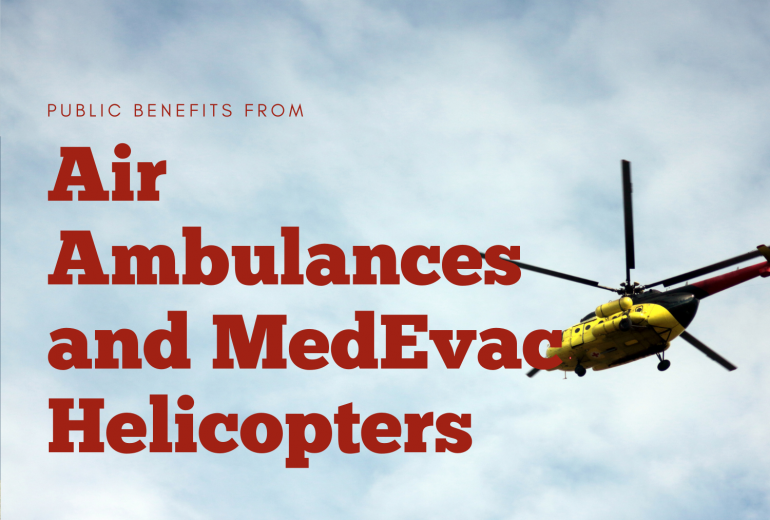Nobody likes to consider how quickly tragedy can strike. We’re thankful to live in a country with amazing medical centers in every state. For most accidents and sudden illnesses, personal vehicles or an ambulance can transport patients to a nearby medical center in plenty of time, but for those rare occasions when the hospital is too far, MedEvac helicopters and air ambulances fill in the gaps.
Last fall we made some upgrades to Jet ICU’s tanks in Tampa, Florida. We’re amazed at the services they offer. Services we hope we never need but are glad exist nonetheless.
Jet ICU owns a fleet of aircraft designed as first-class air ambulances. With their in-house pilots, they can be wheels up in less than 90 minutes after receiving a call from a patient. Those patients have included boating or diving accidents with severe spinal cord injuries, heart attacks while on a long-awaited Caribbean cruise, and head injuries in another country.
The jets and staff are equipped to provide critical care services while transporting patients (and often their families) to the appropriate trauma center nearest their home. For patients who are able to fly commercially but need medical assistance during the flight, Jet ICU provides medical escort services.
Jet ICU is one of several air ambulance services we’re proud to call our customers. We also have customers who fly MedEvac helicopters, with which you may be more familiar. These helicopters quickly move trauma patients from hard-to-reach domestic areas to trauma centers for faster treatment. They also provide transport between hospitals which allows patients faster access to specialists. A couple of our customers in this field include Med-Trans and Air Methods. (They also offer fixed-wing flights in some areas.)
The first medical air transport occurred in 1926 when the U.S. Army Air Corps transported patients from Nicaragua to France Army Base in Panama. The first civilian transport took place a few years later. It would be decades later before medical air transport became more commonplace.
Helicopter EMS (HEMS) accounted for only 1% of ambulance claims. The high price tag for insurance companies and patients makes them a last resort for the most time-sensitive patients usually in rural areas. Luckily, all of our customers have insurance programs that prevent patients from having to decide between affordable healthcare and immediate healthcare. HEMS are also limited in when they can fly as certain weather conditions make their flights more hazardous.
If you’ve ever required the services of a HEMS or air ambulance, we know you’re thankful for their care and quick transport. As our country shines the light on healthcare heroes, we’re shining a bright one on the pilots and crews who save lives through the air.


